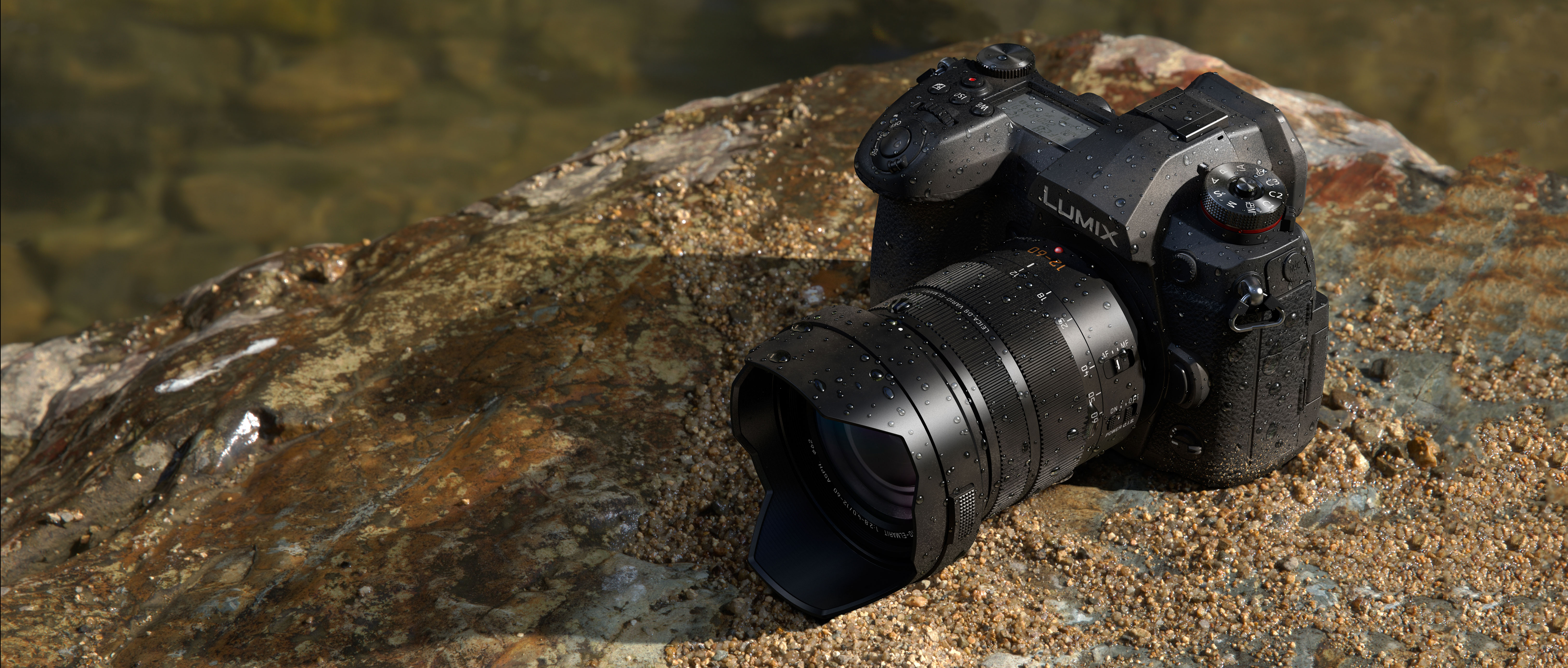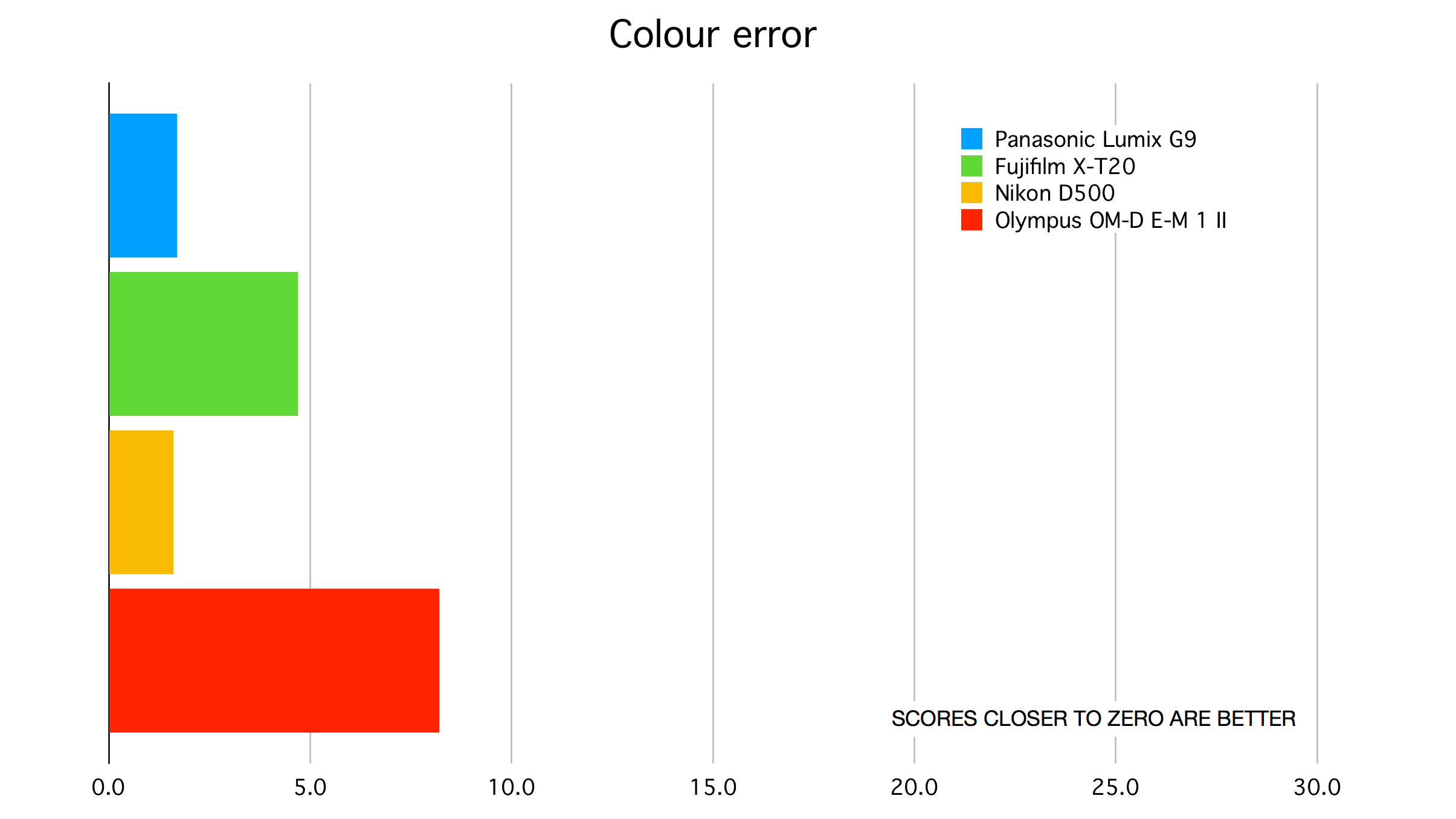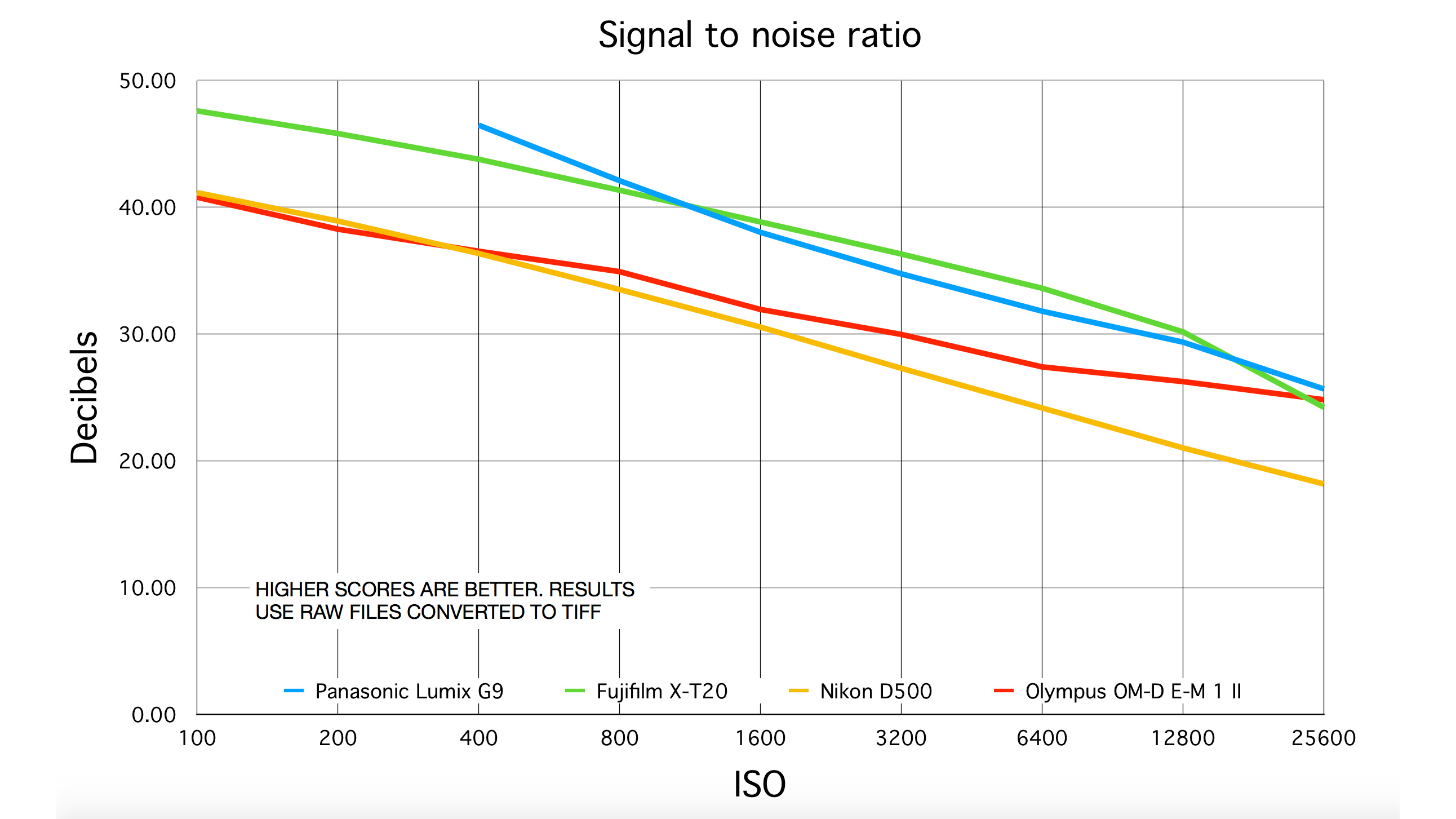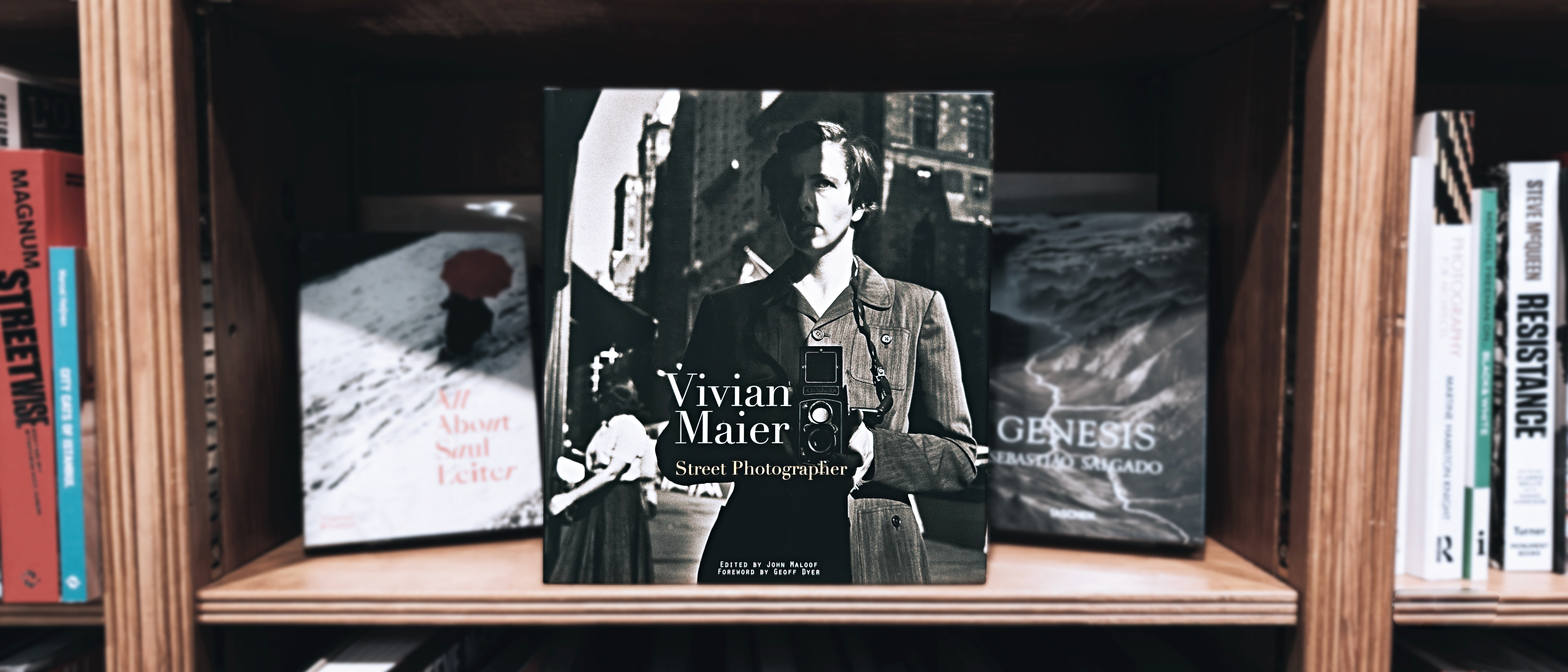Digital Camera World Verdict
The Panasonic G9 is a very fast and effective camera for both 4K video and fast-action sports and wildlife photography. It’s unexpectedly substantial in your hands, which gives you a good grip, especially with longer lenses, and its image quality is very good, despite the smaller MFT sensor. Initially it was quite expensive, but steady price drops have made the Lumix G9 a very tempting buy for enthusiasts and videographers alike.
Pros
- +
20/60fps continuous shooting
- +
4K UHD video with 10-bit capture
- +
Fast and effective autofocus
Cons
- -
Some viewfinder lag in burst mode
- -
Smaller sensor than most rivals
- -
Lacks DSLR battery life
Why you can trust Digital Camera World
Billed as the ultimate outdoor and wildlife camera, the G9 is Panasonic’s flagship photo-oriented camera. It joins the company’s video-orientated GH5 and GH5S at the top of the range, and the latest v2.0 firmware update (November 2019) adds 10-bit internal and external recording. It's getting harder to make a case for the GH5 and GH5S for videography when the G9's video features are this good.
The Lumix G9 v2.0 firmware update adds significant new features and value to the Lumix G9. It adds compatibility with Profoto Air Remote TTL-O/P and Profoto Connect-O/P devices, new AF-ON: Near Shift and AF-ON: Far Shift functions to prioritize nearby or distant subjects respectively, Animal Detect AF mode and enhanced video functions. The Lumix G9 will now offer 4K 30p/25p 4:2:2 10-bit internal recording, 4K 60p/50p 4:2:2 10-bit HDMI output and VFR (Variable Frame Rate) shooting in full HD (2-180 fps) and 4K (2-60 fps) and HDR video recording is supported.
The G9 will also offer V-Log L recording and Waveform Monitor (WFM) functions, but only via a paid for Upgrade Software Key DMW-SFU1 which is sold separately).
The GH5 served as the flagship Lumix camera for the best part of the year before the arrival of the G9, but as a camera targeted towards enthusiast and professional videographers, it's never been a direct rival to most other mirrorless cameras. Its price has reflected this somewhat, leaving the likes of the Lumix GX9 and Lumix G90/G95 as the more fitting options for those focused on more traditional stills shooting.
The new G9, however, changes things at the top of the Lumix line. While its name may make it appear as though it's a straightforward update over the existing G7, it's a far more serious camera pitched at a more demanding user.
Indeed, it appears as a perfect complementary model to the GH5 and especially the new GH5S, but optimised for stills rather than video – though the November 2019 v2.0 firmware update brings them much closer together. With a more defined grip than the GX line, a focus on fast burst shooting and refinements to its AF system, the camera appears as a challenger to the likes of the action-focused Canon EOS 90D and Nikon D7500, as well as recent high-end mirrorless options such as the Olympus OM-D E-M1 Mark II.
See also: Best Panasonic cameras in 2019
The best camera deals, reviews, product advice, and unmissable photography news, direct to your inbox!
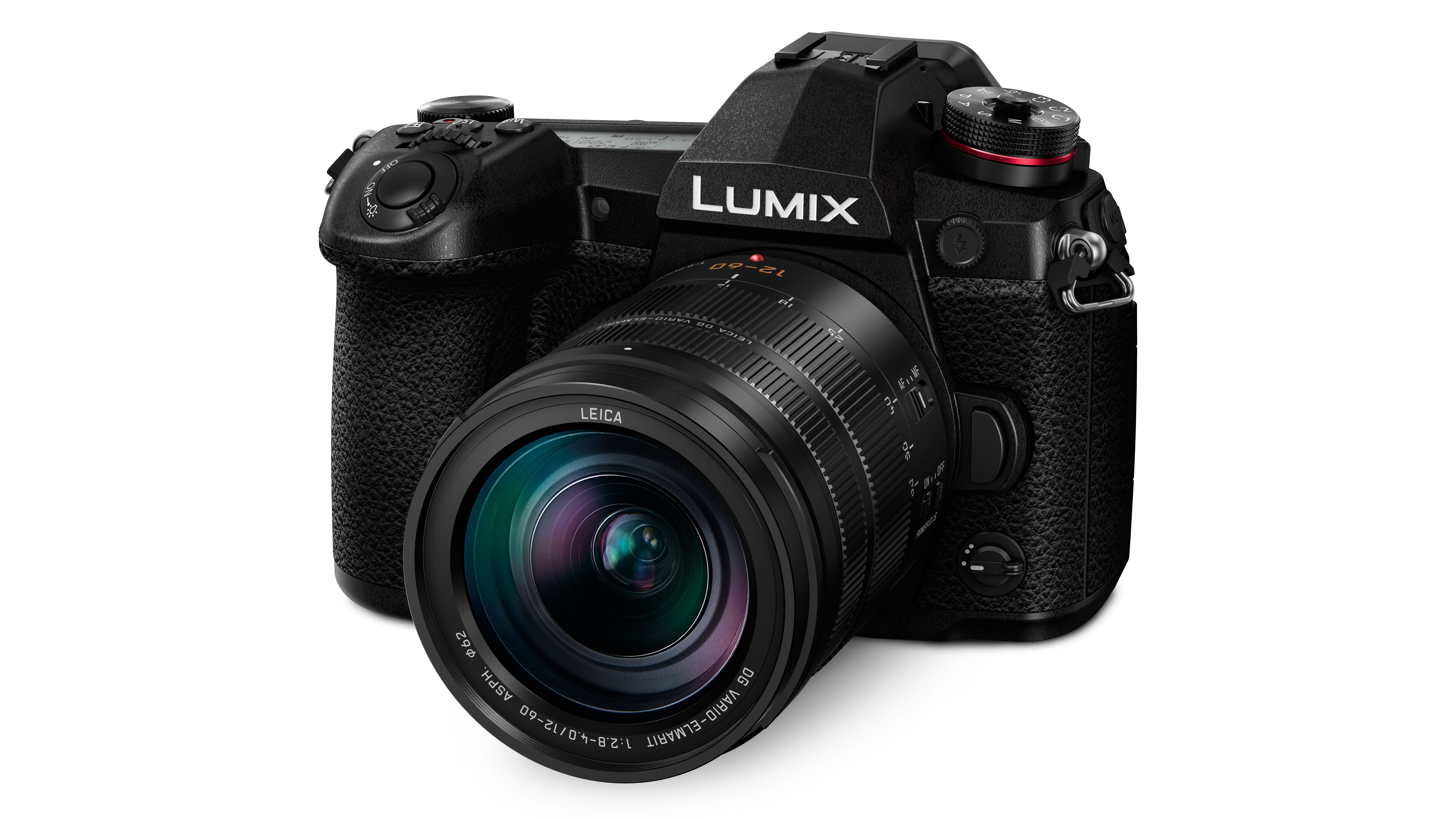
Admittedly, much of what we're seeing introduced in the G9 is not entirely new, and no doubt Panasonic realises it must now play catch up if it's to win over DSLR users and those not strongly tied to other mirrorless systems.
The 60fps burst mode, which reduces down to 20fps with continuous autofocus, is just slightly better on paper than the 60fps/18fps option offered by the OM-D E-M1 Mark II, while claims of 6.5-stop image stabilisation are also mirrored by that camera.
The option to define different autofocusing options for easy recall is something Canon users are very familiar with, and something Fujifilm users have enjoyed on recent cameras like the X-T2. The Night Mode option, meanwhile, which turns the screen and EVF completely red, has also appeared on recent Pentax models. Even so, it's the fact that we now have all of these features and many more in a single model that makes the G9 so attractive.
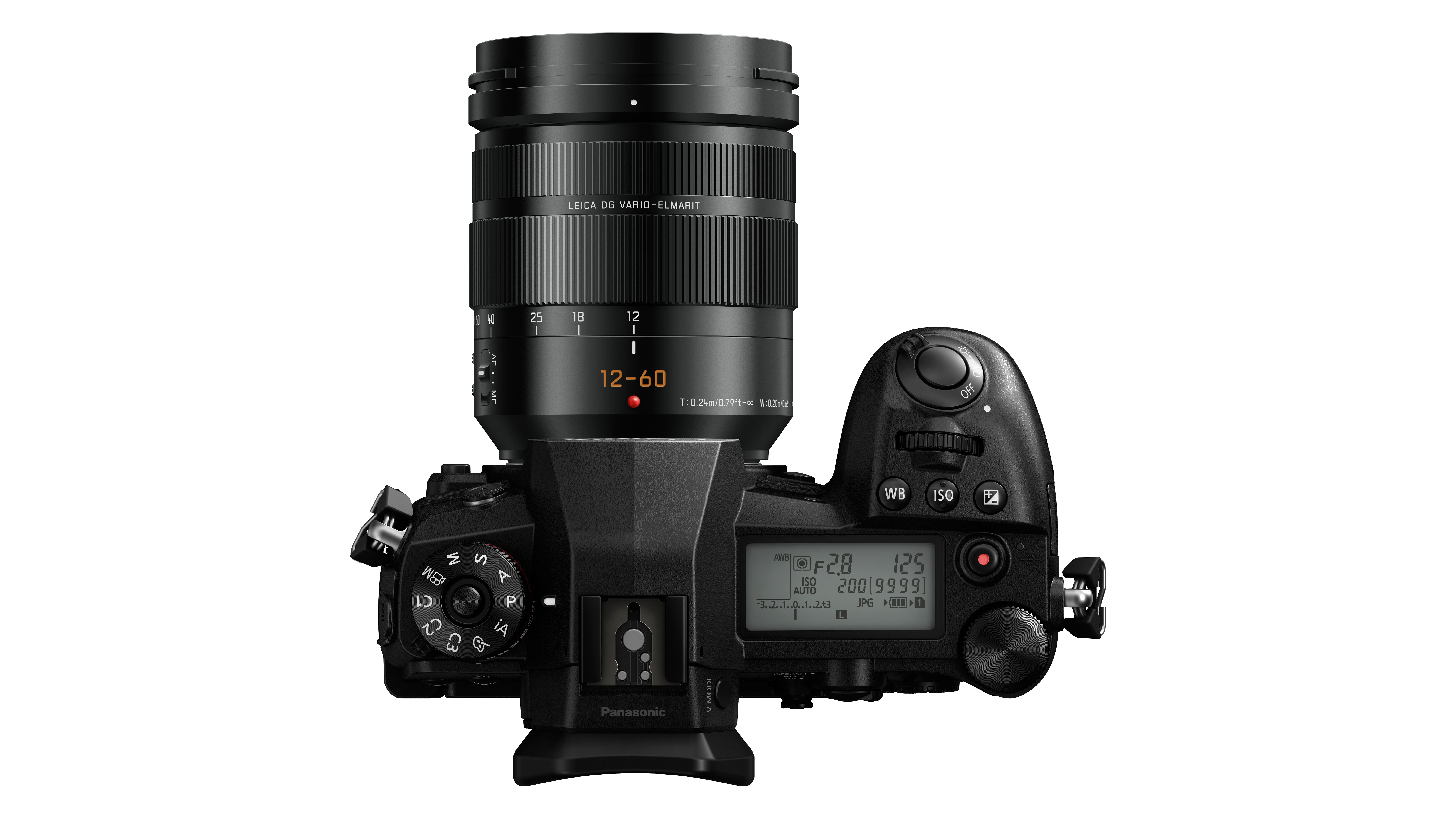
Specifications
Sensor: 20.3MP MFT Live MOS, 17.3 x 13.0mm
Focal length conversion: 2x
Memory: 2x SD/SDHC/SDXC, both UHS II
Viewfinder: OLED EVF, 3.68 million dots
Max video resolution: 4K UHD at 30fps
ISO range: 100-25,600
Autofocus points: 225-area contrast AF
Max burst: 20fps with AF, 60fps with focus fixed at first frame (600 JPEG, 60 Raw) Screen: 3-inch vari-angle touchscreen, 1,040k dots
Shutter speeds: 60-1/8,000 sec (1/32,000 electronic shutter), bulb
Weight: 658g (body only, with battery and memory card)
Dimensions: 136.9 x 97.3 x 91.6mm
Power supply: Lithium-ion (supplied), 400/380 shots using LCD/EVF
Key features
The G9 inherits the 20.3MP Micro Four Thirds sensor from the GH5, and this has no optical low-pass filter. The image processing engine is the same as the GH5's, but Panasonic says the processing itself has been improved.
It also has the same kind of High Resolution capture mode introduced by Olympus, which takes a sequence of images with a tiny shift in the sensor position for each, before combining them into a single 80MP image.

Panasonic says the G9 has the world's fastest AF speeds for mirrorless cameras, with a focus time of just 0.04sec with the Leica DG Vario-Elmarit 12-60mm f/2.8-4.0 ASPH. It uses Panasonic’s Depth From Defocus (DFD) autofocus technology and there’s a joystick on the back of the camera for moving the focus point around the frame.
It might not be a video specialist like the GH5 or GH5S, but the G9 can still capture 4K video, and Full HD video at up to 180fps for a 3x slow motion effect on playback. The November 2019 v2.0 firmware update, however, shifts the balance firmly towards the G9 – the update brings 10-bit internal and external recording, and variable frame rate video for both 4K and full HD shooting.
At 380 shots per charge, battery life is about average for a mirrorless camera, but there's an optional BG-G9 battery grip for extended shooting and better handling with longer telephoto lenses.

Build and handling
The Panasonic Lumix G9 is pretty big for a Micro Four Thirds mirrorless camera, but that’s no bad thing because it gives it better handling with larger lenses like constant aperture zooms or telephotos. It’s about the same size as a mid-range enthusiast DSLR.
The smaller sensor, however, does mean that the lenses for this camera are correspondingly smaller and lighter than their DSLR-specific counterparts. The G9 might not be any smaller than a DSLR, but your kitbag is still likely to be a good deal lighter.
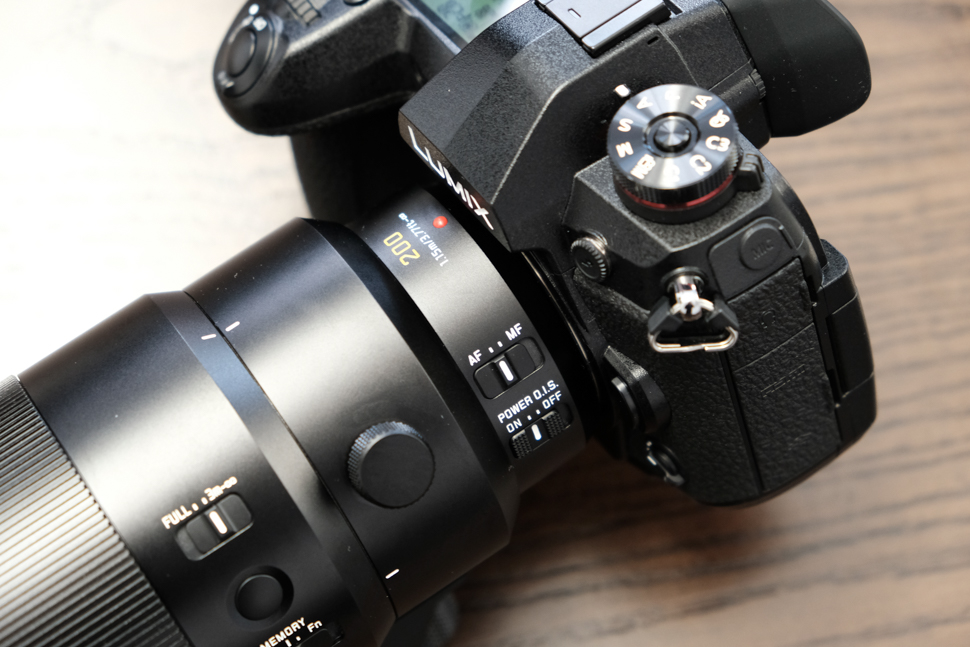
The G9 feels solid and well made, but the external design is somewhat underwhelming for a top-of-the-range camera. Its sharp edges and crease lines are typical of Panasonic’s current look, but it feels somewhat downmarket compared to its smoother-profiled DSLR rivals.
Picking it up, anyone familiar with the GH5 will see that the two cameras are designed along very similar lines, although the influence of previous G-series models is apparent. The deep grip makes its suitability for telephoto optics obvious, and means that those used to the handling of a typical DSLR will be satisfied, while the inclusion of a top-plate LCD, something we've not seen before on the Lumix model, should also please the same audience.
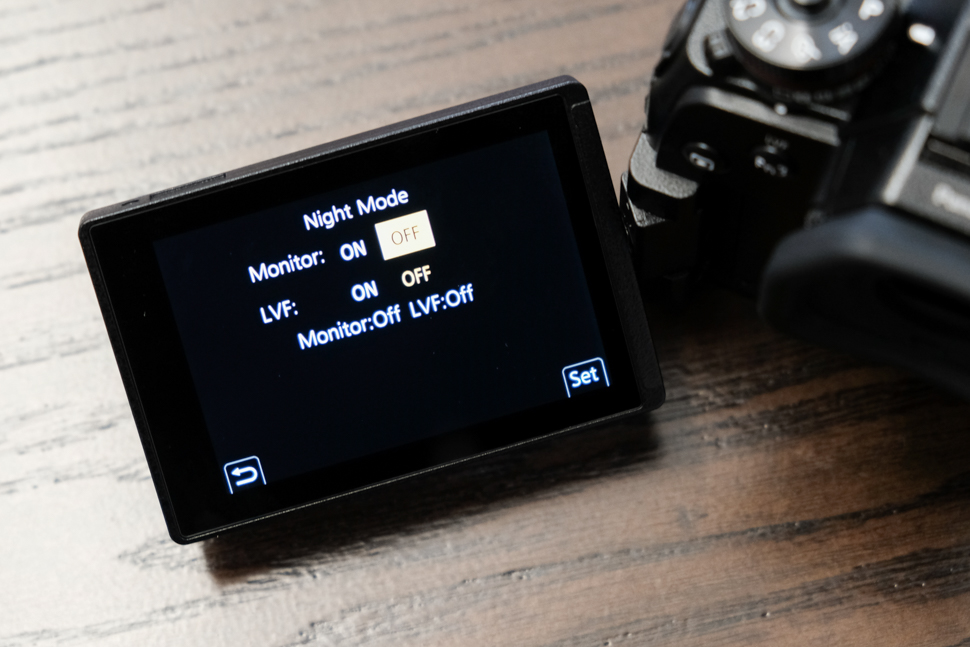
Like many other top-plate LCDs, this can be illuminated quite simply through a flick of the Nikon-style power control around the shutter release button, whereupon bright orange lights at its sides spring to life. The information in this screen is presented nice and clearly, perhaps not as large as on a similar DSLR displays, but the range of information here is still broad.
Another new feature is a lever on the front of the camera that allows you to instantly switch from one combination of camera settings to another. Again, while this is reminiscent of the similar lever that has graced previous Olympus models, its inclusion here is welcome. For a camera of its size it's a little fiddly and on the small side, but, hopefully, this should make it slightly harder to unintentionally knock out of position.
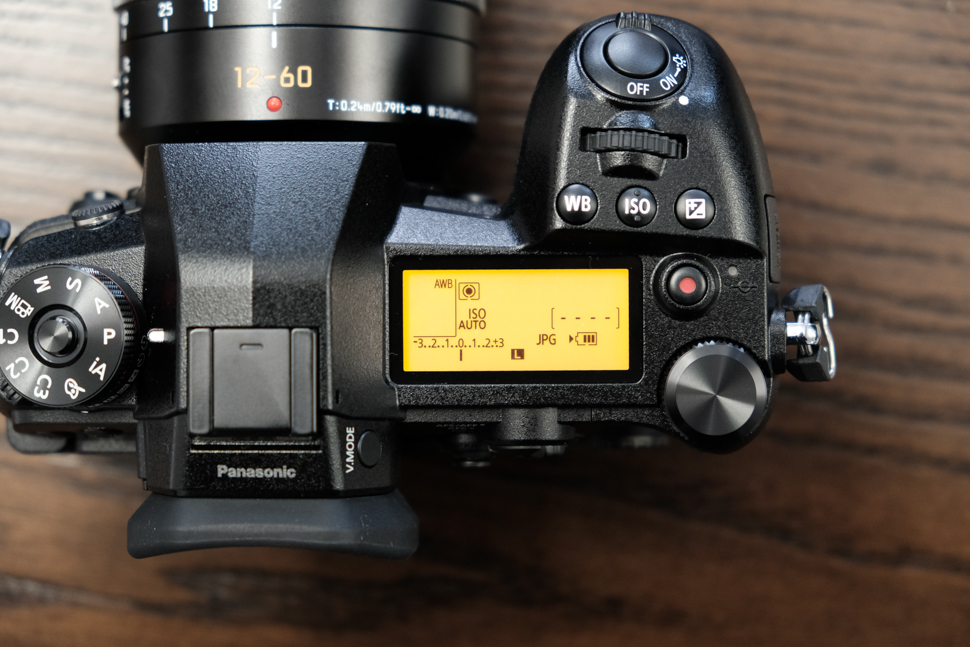
The new High Resolution shot mode, which blends a number of images into a single high-resolution file, and uses the pixel-shift multi-shot technology we've seen from Olympus and Pentax. In use, the eight images are not only captured quickly but processed in what feels like a couple of seconds. The fact that you need to use this mode on a tripod, and with static subjects, makes fast speeds here less crucial, but if you imagine you'll need to use this repeatedly in a short space of time, you'll no doubt appreciate it.
One of the joys of using Panasonic's GH5 is its 3.68 million-dot viewfinder, so that fact that we have the same resolution here is great to see. Here, however, it's bolstered by a higher magnification, equivalent to 0.83x in 35mm terms, against the 0.76x magnification of the GH5. Furthermore, the feed has the potential to be more stable, thanks to more effective image stabilization systems.

This camera is designed as a dedicated sports/action specialist, and the main controls you’ll need are straightforward. Underneath the main mode dial is a drive mode dial with settings for single-shot mode, continuous shooting and Panasonic’s special 6K PHOTO modes.
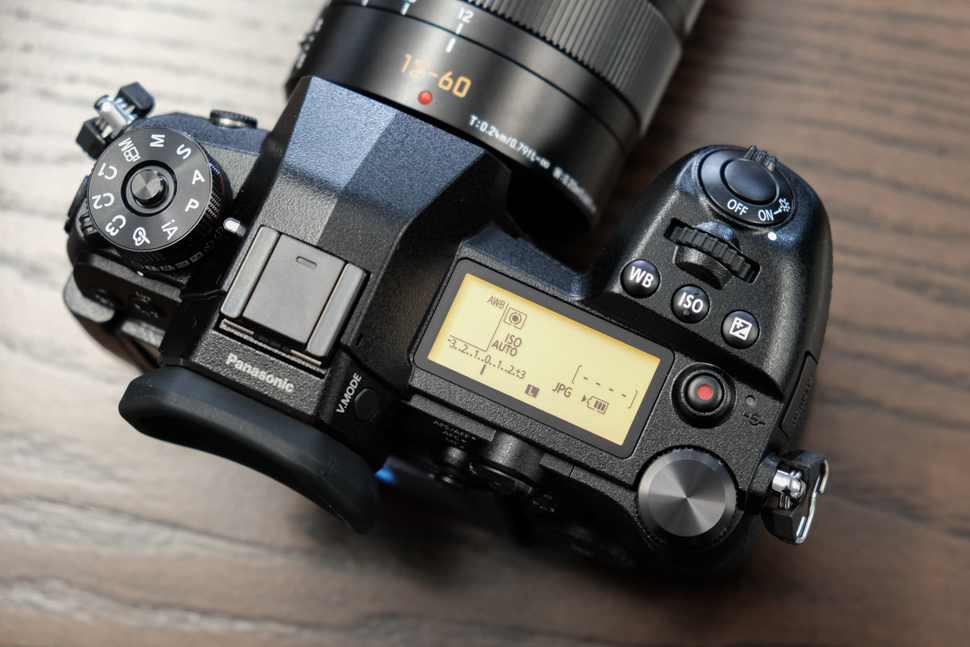
Once you’ve selected your continuous shooting mode, you need to make sure the AF lever on the rear of the camera is set to AF-C (continuous) and then select the focus pattern, which you can do via the Fn2 Q.MENU button. The choices here are Face/Eye detection, Tracking, 225-area, Custom Multi and 1-Area, while a final option, Pinpoint, is available only in the single-shot AF-S mode.

For action subjects you’d be unwise to take your chances with the automatic 225-area AF mode because the camera will decide what to focus on and it may not be what you expect. The November 2019 update does bring new AF-ON: Near Shift and AF-ON: Far Shift functions to give you more control. Ultimately, you may be better off with the Tracking mode (if you expect your subject to move around the frame) or the Custom Multi mode, where you need to keep a cluster of AF points over your subject as it moves. You can change the size of this cluster according to how much movement you expect, and how confident you are of your ability to follow it.
Performance
We found the G9 delivered the same kind of almost-instant focus acquisition we've become used to with Lumix mirrorless cameras. Focusing with the new Leica DG Elmarit 200mm f/2.8 Power O.I.S. lens, also proved to be a positive experience, while the Dual I.S. systems ensured the feed remained particularly steady. We expect this lens will become a fast favourite among wildlife photographers, offering a 400mm effective focal length and a fast maximum aperture.
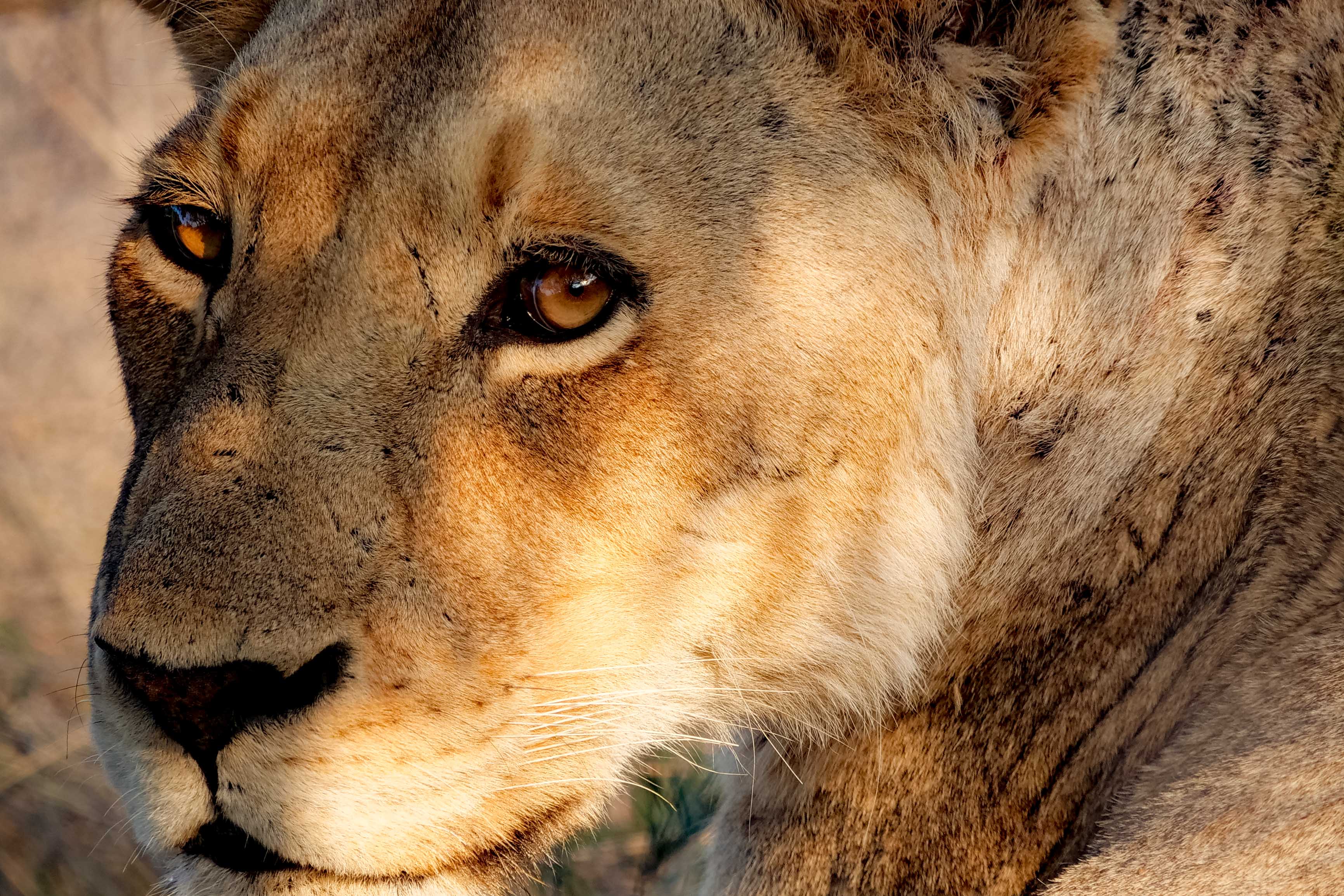
Panasonic has once again employed its tried-and-tested Depth From Defocus DFD focusing system, though the fact that this is based on a contrast-detect AF principle, rather than incorporating any phase-detect AF pixels like some rival models, may concern some, as contrast-detect AF systems are less suited to keeping track of moving subjects.
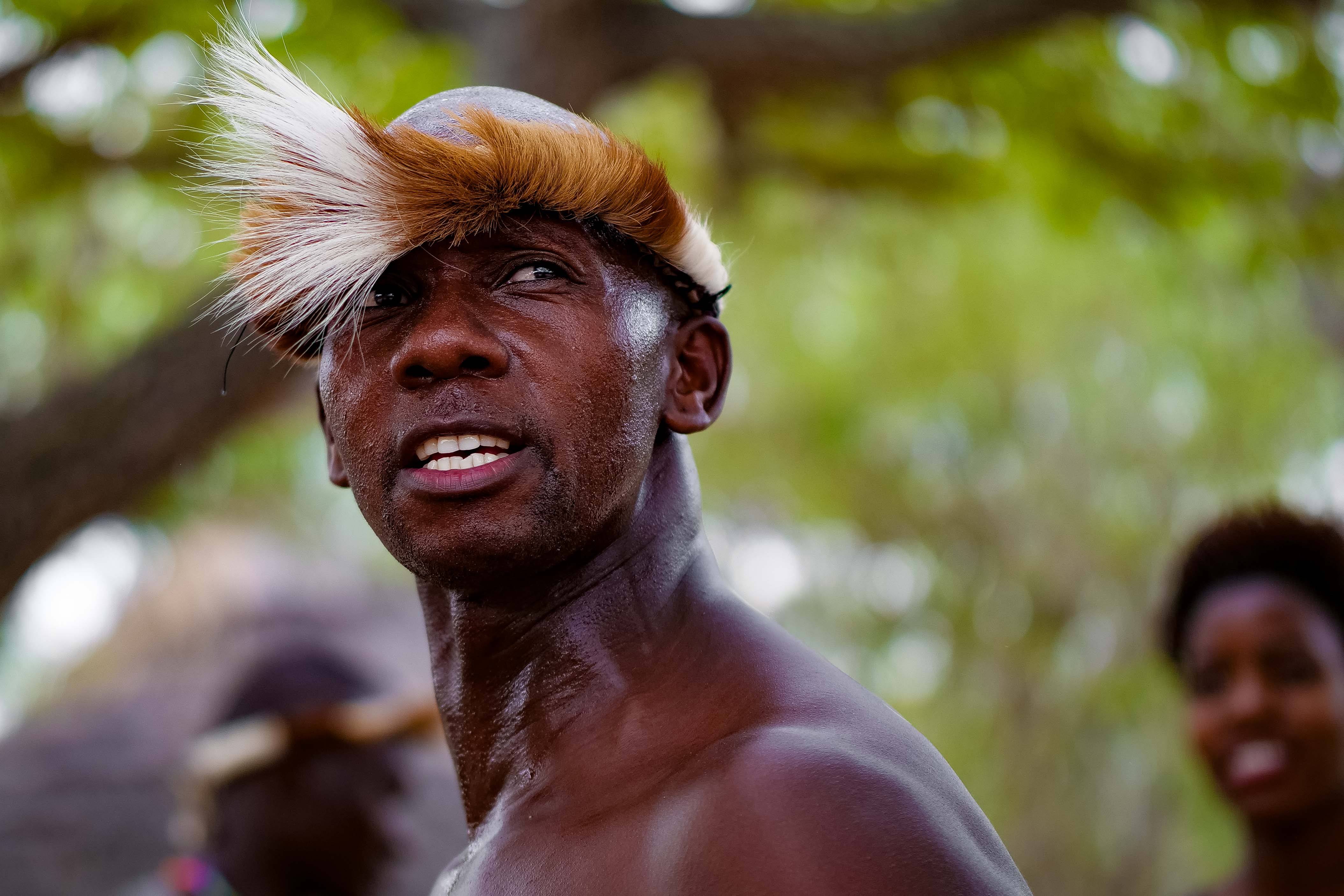
With regards to continuous shooting with focus enabled, performance is good but with some concerns. The main difficultly concerns the camera’s ability to communicate how well it’s keeping track as you’re capturing images at speed. The focusing system is centrally doing what it should, but this isn’t quite being relayed to you in real time. Instead, there is a slight lag, which means you end up placing faith in the camera to maintain its lock as it adjusts focus where it feels it necessary.

It's important to bear in mind that, when photographing fast-moving subjects, the results partly depend on the camera’s speed and responsiveness, and partly on the photographer’s ability to both anticipate and follow subjects, and to select the right AF settings for the job. As long as you're set up as you should be and are employing the most appropriate technique, you should find the G9 carries out its part very effectively.
The Custom Multi mode delivered a good hit range in our experiments, even when the subject distance changed rapidly. If it does slip up, the chances are it’s because the subject has momentarily moved away from the focus-point cluster, and that’s largely down to the photographer’s tracking abilities.

The Tracking AF mode sounds like it should be even more useful, since the camera, rather than the photographer, now performs the subject tracking. You half-press the shutter-release button to lock the AF to your subject and it will then track it around the frame if it moves.
This worked well in practice, but only when the movement was relatively slow. A prowling tiger won’t be a problem (for you, maybe, but not the camera), but a chimpanzee leaping about in a tree might be too much. Here, it can lose focus with sudden movements and with rapid distance changes. When the camera is set up appropriately, its ability to maintain a lock when the subject isn’t too dissimilar from its background – a common stumbling block for many models – is very good indeed.
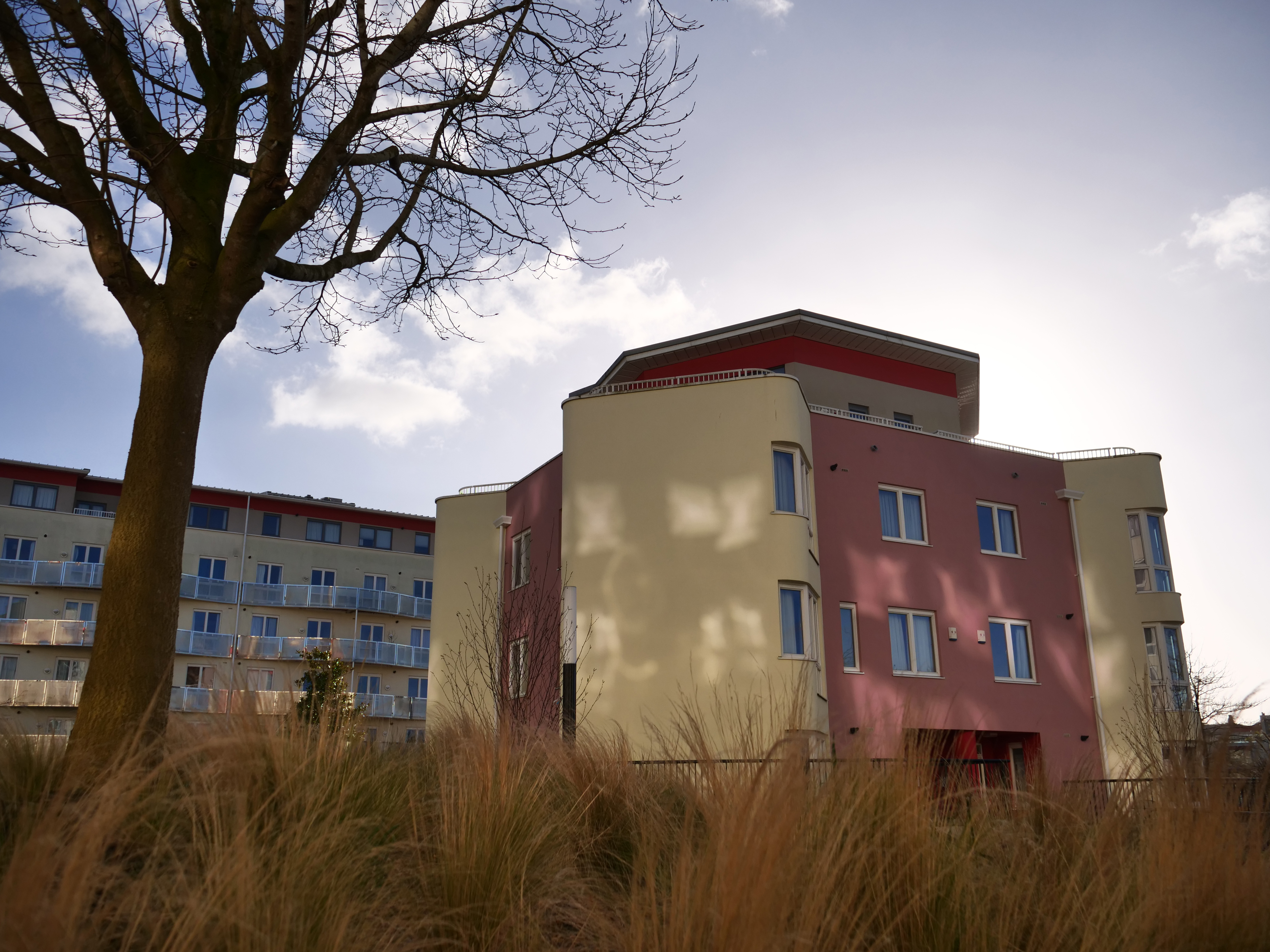
So, the G9’s AF system is fast and effective, but what about its image quality? Micro Four Thirds sensors are about half the size of APS-C, and this does have some impact on image quality at higher ISO settings, but at low to medium sensitivities, the G9’s images are a match for those from any DSLR with the same pixel count.
It helps that the Leica DG Vario-Elmarit 12-60mm f/2.8-4.0 ASPH we used for many of our sample shots is a terrific performer, with reliable edge-to-edge sharpness. Lens corrections are applied to both JPEG and Raw files, so if you open up the latter in Adobe Camera Raw, for example, you won’t suddenly see uncorrected distortion.

Since we’re talking about Adobe Camera Raw, noise could prove an issue but not in the way you might expect. At ISO 6400, which is high for a Micro Four Thirds sensor, the camera's JPEGs show some loss of definition but it’s not too bad, and the textural detail remains good.
If you open the Raw files in Adobe Camera Raw, however, you’ll see a lot more noise; this is something we’ve consistently seen with Adobe’s Raw-conversion software. It appears to apply little or no noise reduction by default, and if you do try to reduce the noise with the software’s own controls it’s often difficult to achieve as good a balance between noise and detail as that from the camera’s own JPEGs.
In short, don’t judge the G9’s high-ISO noise control solely by Adobe Camera Raw’s rendition.

The exposure system proved highly reliable, and we only needed to apply exposure compensation for unusually dark or light-tone subjects, or in high-contrast scenes where there was more than one appropriate exposure, depending on your personal taste.
The auto white balance system performed really well too, producing natural-looking results in a wide range of conditions. It only tripped up once in our hands, applying a colour shift between two architectural shots taken in quick succession with just a small change in the framing.
The Standard colour mode produces rich, vibrant colours, while the Vivid mode is perfect if you like your colours to pop. The Monochrome modes are good too, though most photographers will probably prefer to perfect their black-and-white images later on a computer.

So, although the G9 has a Micro Four Thirds sensor and is designed for speed, this does not compromise image quality. It’s a very good camera for regular static photography too, and even more so when you factor in its clever 6K PHOTO mode, which extracts an 18MP image from continuously rolling movie capture. Our favourite feature, however, is the Post Focus mode, which lets you capture a subject with multiple focus points and then tap on the screen in playback mode to select the focus you like most, before exporting the picture as a new still image.
Lab tests
For this comparison we chose rivals to the Panasonic G9 which were current at the time of its launch, though only the Fujifilm X-T20 has been superseded. Our chart designs have changed since these results were published, but the data has not.
Color error
We’ve pitched the G9 against the Fujifilm X-T20, Nikon D500 and Olympus OM-D E-M1 II, and it comes out joint top for color accuracy alongside the Nikon D500. It’s a very good result from both cameras.
Signal-to-noise ratio (Raw)
Despite its smaller MFT sensor, The G9 is unexpectedly strong here, closely matching the Fujifilm X-T20 and its excellent X-Trans sensor. We did note that Adobe Camera Raw produces much noisier high-ISO results than Panasonic’s own Raw software, though.
Dynamic range

The G9 also delivers very good dynamic range right across the ISO range, along with the Olympus, which is just slightly behind. Both buck the conventional wisdom that larger sensors deliver the best dynamic range – not this time!
Verdict
The G9 is unquestionably one of the company's most capable Micro Four Thirds cameras to date. It's more substantial in the hands than the company's non-video-focused models, and more significant a departure from the likes of the G7 than its name suggests.
There's a slight lag in the electronic display which means you have to place your trust in the autofocus system to keep a moving subject in focus, but it does this very well, even though it uses contrast autofocus technology rather than the faster phase-detection systems used by rivals.
Its continuous shooting speed, Dual I.S. system and lenses like the new Leica DG Elmarit 200mm f/2.8 Power O.I.S. make the G9 a serious proposition for keen sports and wildlife photographers, while its price tag keeps it within the reach of enthusiasts.
That said, Panasonic is targeting a pretty small niche, and one that’s already occupied by the Olympus OM-D E-M1 Mark II, a camera with very similar specifications and capabilities, and with its own range of well-specified pro lenses.
It’s also up against the highly capable Fujifilm X-T2 and the smaller and cheaper X-T20, as well as the Sony A6500, while in the DSLR world there’s the fast and powerful Nikon D500. None of these can quite match the G9’s continuous shooting speed, but all are highly capable all-rounders with larger APS-C sensors.
Along with the Olympus OM-D E-M1 Mark II, the Panasonic Lumix G9 is the best affordable high-speed mirrorless sports camera yet, and two things have substantially increased its appeal since it was first launched. The first is the price, which has fallen by 30% or more since launch. The second is the November 2019 firmware update, which brings the Lumix G9 so much closer to the video capabilities of the GH5 and GH5S that it's bound to steal some of their sales.
Read more:
• The best mirrorless cameras today
• These are the best Panasonic cameras
• We pick the best cameras for professionals
The sister print publication to this website, Digital Camera Magazine is Britain's best-selling photography publication – and it can also be purchased outside the United Kingdom as Digital Camera World.
Digital Camera Magazine is packed with more expert advice and more inspirational images than any other title, with the sole aim of helping you become a better photographer. Every issue we also bring you a selection of great gifts which are designed to help you get more from your photography – everything from tips cards and cheat sheets to free software and bookazines.
In addition to inspirational images, interviews, projects, mini tests and tutorials, each issue is packed with news, reviews and comparisons, as well as photographer vs photographer shootouts and head-to-head challenges using the best photo editing software.
The magazine is captained by Editor Niall Hampton.
